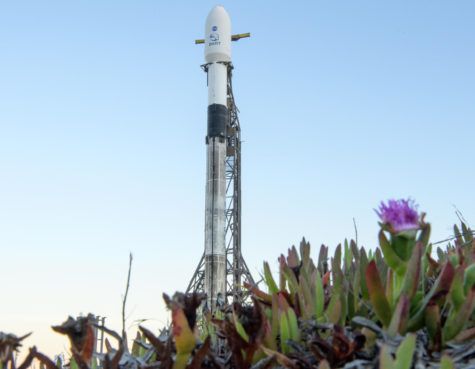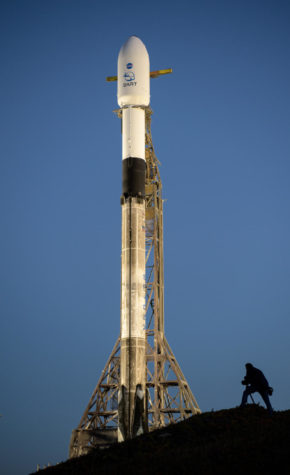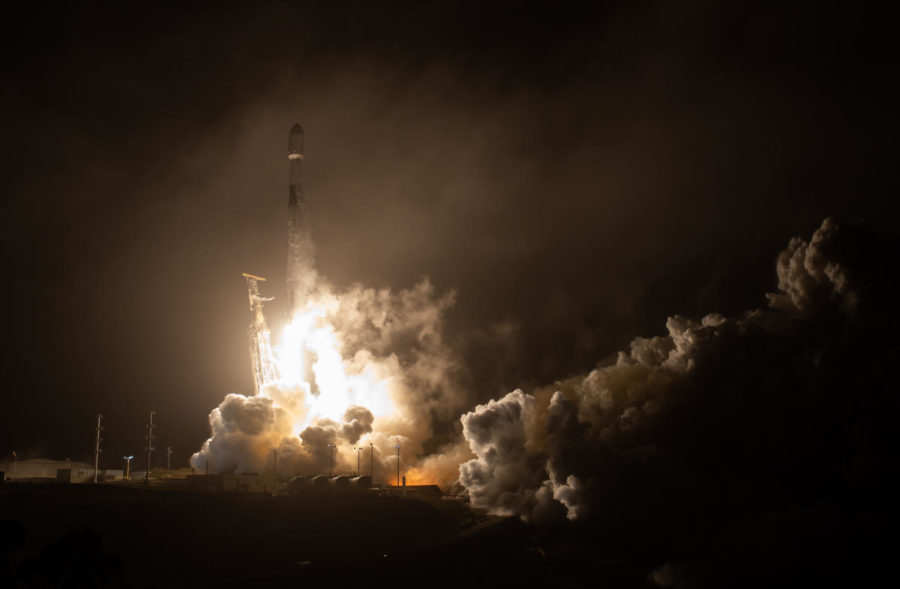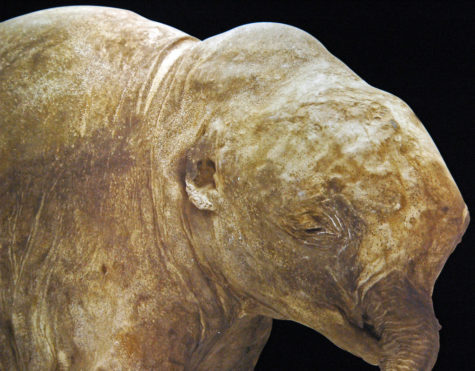The beginning of planetary defense: DART
The SpaceX Falcon 9 rocket launch, carrying the Double Asteroid Redirection Test technology and the future of global cooperation for planetary defense.
It’s not Armageddon time yet, but NASA is already preparing for an event like it with the announcement of their Double Asteroid Redirection Test (DART) spacecraft, which is designed to deflect asteroids away from Earth. On Nov. 24, NASA in cooperation with SpaceX launched a rocket into space directed towards the moonlet Dimorphos of the Didymos asteroid system.
Although Didmorphos isn’t expected to hit Earth directly in the near future, it’s a perfect object to run a test on. Even if the DART mission is not successful in this model, it will provide valuable information for using manmade systems to interfere with asteroids or other threats to the planet.
“DART’s target asteroid is NOT a threat to Earth,” NASA said on their planetary defense page. “This asteroid system is a perfect testing ground to see if intentionally crashing a spacecraft into an asteroid is an effective way to change its course, should an Earth-threatening asteroid be discovered in the future.”

From the result of the DART mission, planetary defense coordination will take the next step into advancing our knowledge and technology towards outworld objects. Andrew Rivkin, the DART Investigation Team Lead is already preparing for the next step of planetary defense.
“In the nearer-term, the Hera mission built by the European Space Agency will visit Didymos and Dimorphos a few years after DART’s impact and will make some important measurements that will help us do a more comprehensive job of understanding DART’s experiment,” Rivkin said.
The Hera follow-up will help evaluate the effects and effectiveness of the DART project sometime in 2024. The vessel will go directly to Dimorphos and perform a close-up investigation on the asteroid, which is currently estimated to be about the size of the Great Pyramid of Giza.
Dr. Patrick Michel, a mission PI on the Science Management Board, is working with other scientists and engineers to create the Hera technology and launch it.

“This is very important and necessary as we need to keep characterizing those fascinating bodies with both fly-by and rendezvous missions (like Hera), and therefore we need to explore new technologies and to keep practicing close proximity operations,” Michel explained.
Valuable intelligence like the mass and other characteristics of Dimorphos will assist researchers in determining how the planetary defense project could evolve to combat larger threats.
Regardless of whether the DART project is a success or a failure, it represents the first global effort to enact a planetary defense protocol should the event occur where Earth faces a celestial threat. It’s an amazing sight to see diverse regions combine ideas to protect the one thing all of humanity shares: Earth.
Your donation will support the student journalists of Wiregrass Ranch High School. Your contribution will allow us to purchase equipment and cover our annual website hosting costs.

Jack is a freshmen at Wiregrass Ranch and this is his first year writing for The Stampede. Jack has a few hobbies including cooking, golf, chess, and gaming....










